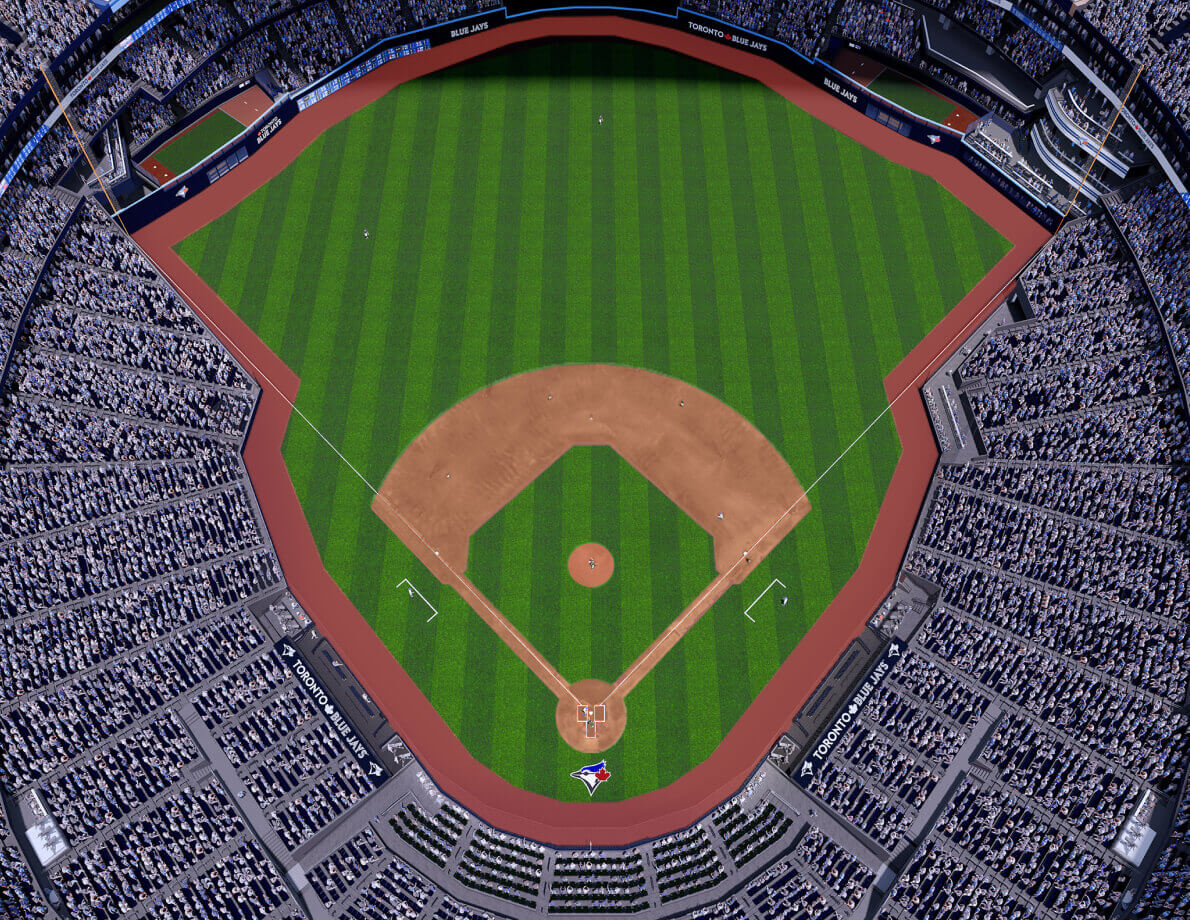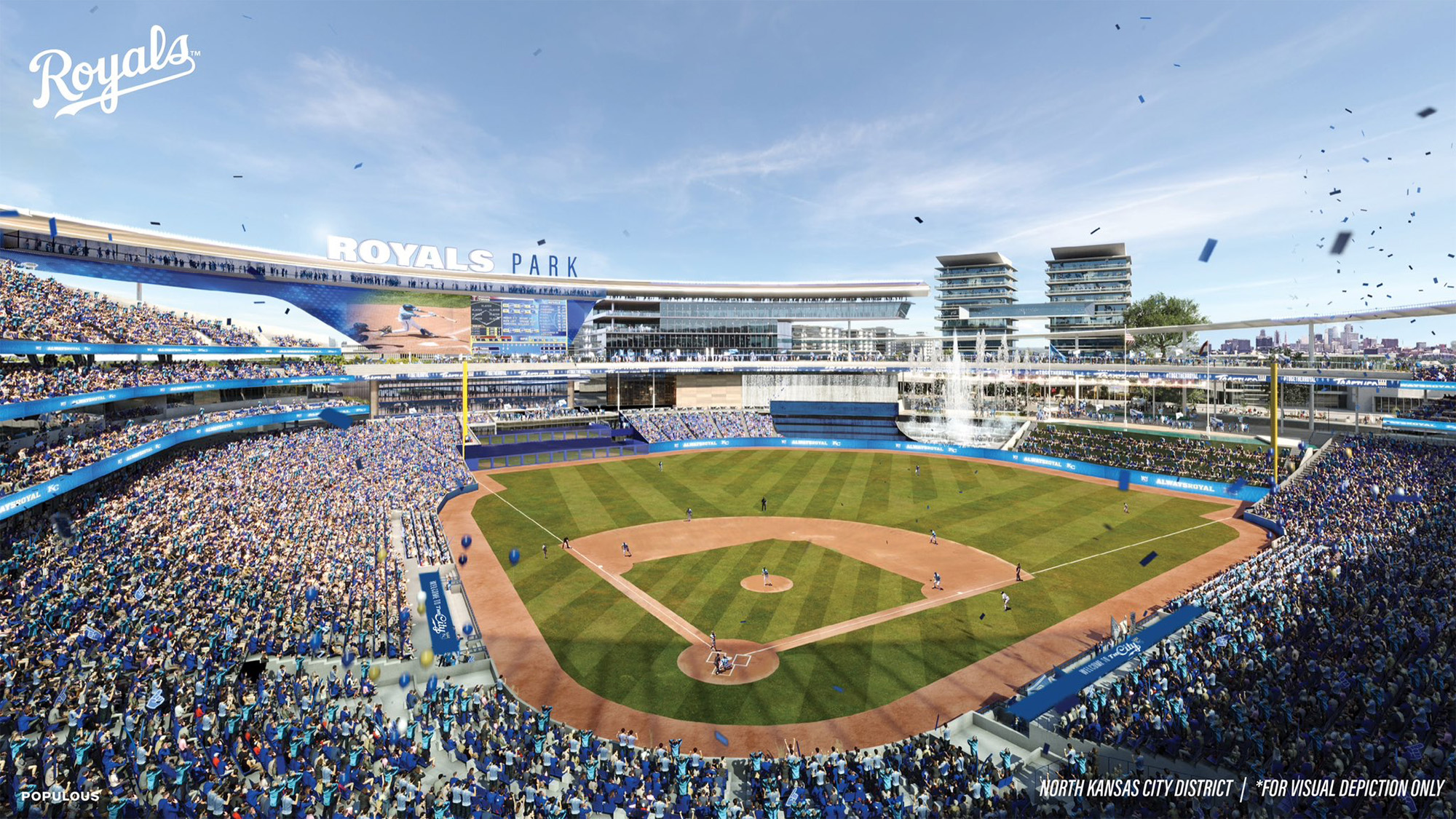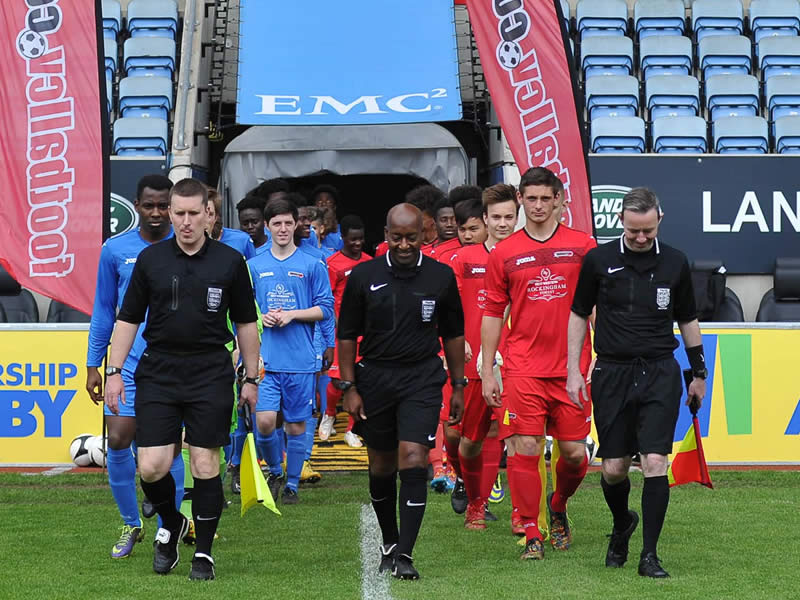The main difference between AA and AAA baseball is the level of competition and talent. AA baseball is considered the minor league level, one step below AAA, which is the highest level of the minor leagues.
These leagues serve as a development ground for players aspiring to reach the Major League. In AA, players are usually younger and less experienced, while AAA showcases more advanced and seasoned players who are closer to making it to the big leagues.
The level of play, competition, and overall skill level increases as one moves up from AA to AAA.

Credit: ballparkdigest.com
Player Talent And Skill Level
When it comes to baseball, talent and skill level are key factors that separate the different levels of play. In the minor leagues, there are two levels that stand out – Double-A (AA) and Triple-A (AAA). These levels serve as stepping stones for players aspiring to make it to the major leagues. Evaluating and comparing player talent in AA and AAA can give us valuable insights into the differences between these two levels of baseball.
Evaluation Of Player Talent In Aa
AA baseball is often considered the bridge between Single-A and AAA, with players who show promise and potential advancing to this level. The talent pool in AA consists primarily of younger players who have been drafted or signed as free agents and have proven their abilities in Single-A. Here are some key aspects used to evaluate player talent in AA:
Average Batting Statistics
In AA, players are expected to showcase their hitting skills and consistency at the plate. This is reflected in their batting average, on-base percentage, and slugging percentage. Those who excel in these areas often demonstrate advanced plate discipline, solid contact ability, and the potential for power.
Defensive Proficiency
Fielding skills are crucial at every level of baseball, and AA is no exception. Players in AA are evaluated based on their range, arm strength, footwork, and baseball instincts. The ability to make consistent and accurate throws, cover their position well, and execute fundamental defensive plays is essential in AA.
Athleticism and Speed
Speed and agility are highly valued in AA, as they can provide a competitive advantage on the bases and in the field. Players with above-average speed often demonstrate their athleticism through stolen bases, taking extra bases, and impressive defensive plays. These players usually have the potential to develop into strong all-around athletes.
Evaluation Of Player Talent In Aaa
AAA represents the highest level of competition in the minor leagues and is often referred to as the “final step” before reaching the major leagues. Players in AAA are generally more experienced and have honed their skills across multiple levels. Here’s how player talent is evaluated in AAA:
Pitching Quality
AAA is known for having a higher quality of pitching compared to AA. Therefore, hitters in AAA must have the ability to face more advanced pitchers who possess command, a wider variety of pitches, and better control. The ability to adjust to different styles of pitching and make consistent contact against more refined pitchers is a key factor in AAA evaluation.
Power Hitting
AAA players are often expected to demonstrate more power at the plate compared to their counterparts in AA. The ability to hit for both average and power is essential for players hoping to compete at the major league level. Hitters who can consistently drive the ball deep into the outfield and hit home runs frequently have a greater chance of being noticed by major league organizations.
In AAA, players are evaluated not only on their speed but also on their ability to read pitchers, steal bases with efficiency, and take extra bases whenever possible. Base running skills play a vital role in evaluating the overall talent of players at this level.
| AA | AAA |
|---|---|
| Younger players | More experienced players |
| Demonstrate potential and promise | On the verge of the major leagues |
| Average batting stats | Power hitting is crucial |
| Developing fielding skills | Refined defensive abilities |
| Athleticism and speed | More emphasis on base running and base stealing |
In conclusion, the evaluation of player talent in AA and AAA differs based on the specific skills and attributes deemed important at each level. While AA focuses on potential, average batting statistics, developing defensive skills, and athleticism, AAA places more emphasis on refined skills, power hitting, pitching quality, and base running ability. Understanding these differences can help baseball enthusiasts appreciate the unique challenges and requirements of each level of the minor leagues.

Credit: ballparkdigest.com
Financial And Logistical Aspects
In the world of baseball, there are several levels of competition, with players striving to make their way to the top. Two of these levels, Double-A (AA) and Triple-A (AAA), serve as crucial stepping stones for aspiring professional baseball players. While both AA and AAA are minor league levels, they differ significantly in terms of financial and logistical aspects. Let’s explore these distinctions.
Budget Limitations In Aa
Double-A baseball teams have budget limitations that they must operate within, which can have a direct impact on the overall quality of the team. AA teams have smaller budgets compared to their AAA counterparts, resulting in constraints when it comes to player salaries, facilities, and even promotional activities. These budget limitations often mean that AA teams have to make do with less, requiring them to prioritize their resources and focus on player development to reach the next level.
Budget Considerations In Aaa
Triple-A baseball teams generally have more financial resources at their disposal. With larger budgets, AAA teams are able to offer higher salaries to players and coaching staff, invest in better facilities, and implement more extensive promotional campaigns. The higher budget allows AAA teams to attract established players and provide them with the necessary support to perform at a higher level. Additionally, AAA teams can afford to have more staff members dedicated to player development and individualized training, enhancing the overall quality of the team.
Travel And Scheduling Differences In Aa
Travel and scheduling in AA baseball can be more challenging compared to AAA. Due to limited budgets, AA teams often have regional affiliations, resulting in shorter travel distances between games. However, the frequency of games and the tight schedules can lead to more extensive bus travel for AA teams. This can take a toll on players, both physically and mentally, as they have to navigate long hours on the road while maintaining a high level of performance on the field.
Travel And Scheduling In Aaa
AAA baseball teams tend to have more flexible and convenient travel arrangements. With larger budgets, AAA teams can afford to fly their players to away games, reducing the physical strain of constant bus travel. Additionally, AAA teams have more favorable scheduling, with fewer back-to-back games, allowing players to rest and recover between matches. This enhanced travel and scheduling experience can contribute to higher performance levels and overall player well-being in AAA baseball.
Competition Level And Prestige
Aa and Aaa are two classifications of professional baseball leagues in the Minor League Baseball (MiLB) system. While both levels provide a stepping stone to the Major Leagues, they differ in terms of competition level and the associated prestige.
Level Of Competition In Aa
The Aa classification in Minor League Baseball represents an intermediate level of competition. It is considered the second-highest level of play in the MiLB system, just below the Aaa level. Teams in Aa leagues are comprised of talented players who have demonstrated a high level of skill but may still be developing their abilities for the Major Leagues.
In Aa, players face a challenging environment where they compete against talented athletes who are honing their skills in hopes of making it to the highest level of professional baseball. The level of competition in Aa is intense, with players striving to prove themselves to scouts and team managers, demonstrating their readiness for promotion to the Aaa or Major League Baseball.
Level Of Competition In Aaa
The Aaa classification in Minor League Baseball represents the highest level of competition below the Major League Baseball. Aaa teams consist of experienced players who are considered closest to being ready for the Major Leagues. These players have refined their skills and are often one step away from reaching their ultimate goal of playing in the Majors.
At the Aaa level, players compete against a significantly higher caliber of talent. Aa players who have excelled and met the necessary criteria are promoted to Aaa, where they face fierce competition and heightened pressure to perform at their best. Aaa leagues serve as the final proving ground for players before they potentially make the jump to the Major Leagues.
Prestige Associated With Aa
Aa baseball, with its highly competitive environment and promising talent pool, holds its own level of prestige within the MiLB system. Many players in Aa leagues are up-and-coming prospects who have garnered attention from baseball enthusiasts and scouts alike. The competitive nature of Aa games, combined with the potential for players to make significant developmental strides, contributes to the prestige associated with the level.
Aa leagues serve as a critical stepping stone for players to showcase their abilities, gain experience, and work towards their goals of reaching the Major Leagues. Many successful Major League Baseball players, including MVPs and All-Stars, have honed their skills and established their reputation through their time in Aa baseball, further bolstering the level’s prestige.
Prestige Associated With Aaa
Aaa baseball, being the highest classification in the Minor League Baseball system, carries a considerable amount of prestige. Aaa teams feature some of the most advanced and seasoned players within the MiLB system, making it a more intense and challenging environment compared to Aa. The level of competition and the pressure to perform at a high level contribute to the prestige associated with Aaa.
Players in Aaa leagues are often just one step away from achieving their dreams of playing in the Major Leagues. Their performances in Aaa can directly impact their chances of receiving a call-up to the big leagues. As a result, Aaa baseball attracts significant attention from fans, scouts, and team managers, as they closely monitor players’ progress and evaluate their readiness for promotion.
The prestige associated with the Aaa level is further enhanced by the notable achievements of many former Aaa players who have gone on to become stars in the Major Leagues. The success stories of players who have successfully transitioned from Aaa to the Majors contribute to the allure and reputation of Aaa baseball.

Credit: www.mlb.com
Frequently Asked Questions Of Aa Vs. Aaa Baseball: What’s The Difference?
What Is The Difference Between Aa And Aaa Baseball?
Aa and Aaa baseball are different levels of professional minor league baseball. Aaa is a higher level than Aa and is often seen as a stepping stone to the major leagues. Aa teams tend to have younger players and are considered more developmental, while Aaa teams are closer to the major leagues and feature more experienced players.
How Do Players Move Up From Aa To Aaa Baseball?
Players can move up from Aa to Aaa baseball based on their performance and potential. The decision to promote a player is usually made by the organization that owns the teams. If a player performs well and shows promise, they may be promoted to Aaa to further their development and increase their chances of making it to the major leagues.
Is Aaa Baseball Better Than Aa Baseball?
Aaa baseball is generally considered to be of a higher quality than Aa baseball. Aaa teams are closer to the major leagues and often feature more experienced players and higher levels of competition. However, Aa baseball is still a valuable and important level in the player development system, providing opportunities for young players to develop their skills and showcase their talent.
Conclusion
The difference between AA and AAA baseball lies in the level of competition and player development. AAA is considered the highest level of minor league baseball, while AA is one step below. AAA provides a path to the major leagues, whereas AA is more for developing prospects.
Understanding these distinctions can help baseball fans appreciate the talent and potential of players in different leagues. So whether you’re cheering for AAA or AA teams, the excitement of baseball remains unmatched.

General Manager & Auditorial Head.
Killian Jake is a World Sports Traveler and hobbyist sports lover. By exploring different sorts of playing modules like indoor, outdoor, and many more. As for professionalism and writing, it’s helpful to give you the right suggestions on different games and sports.





